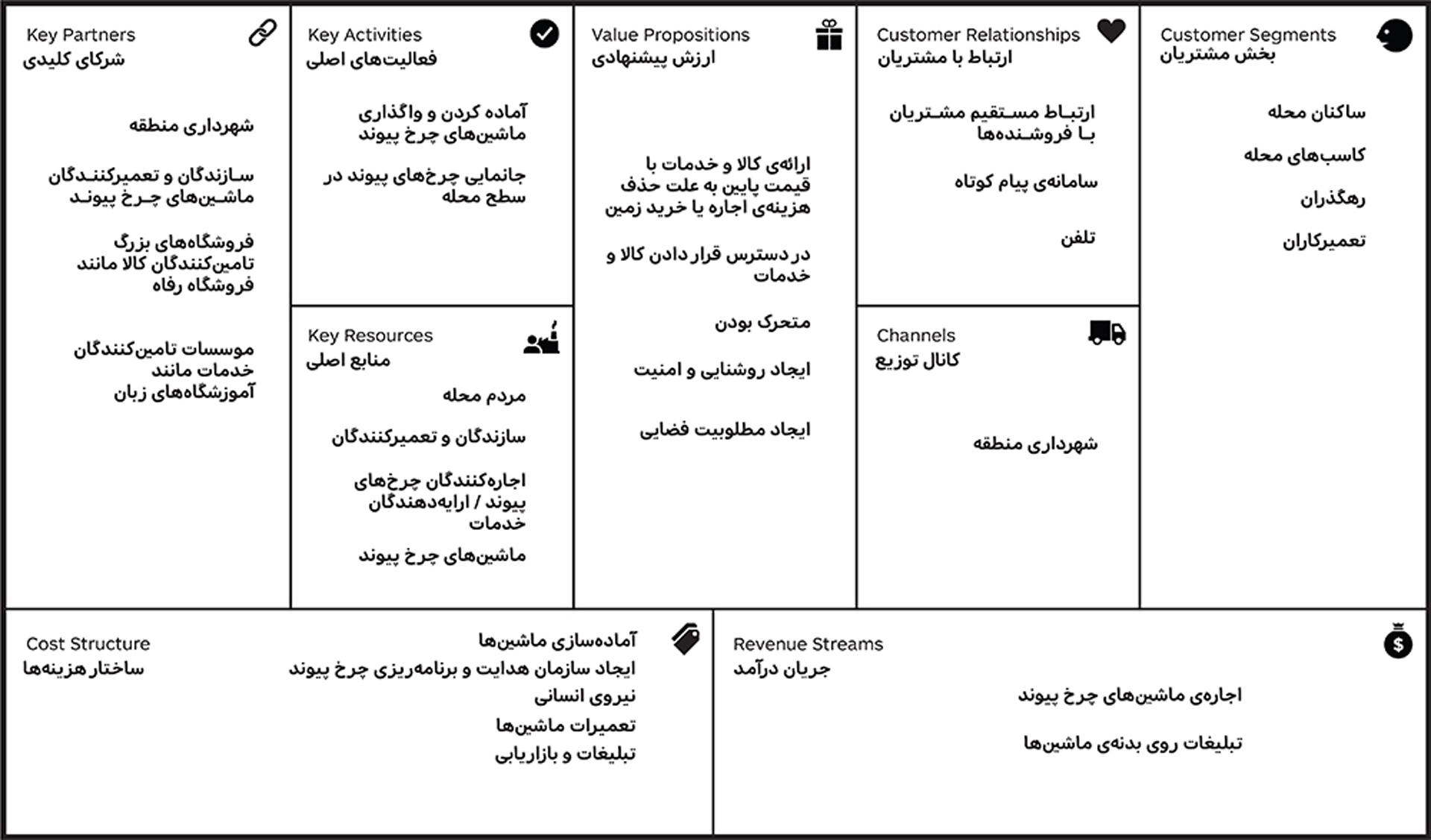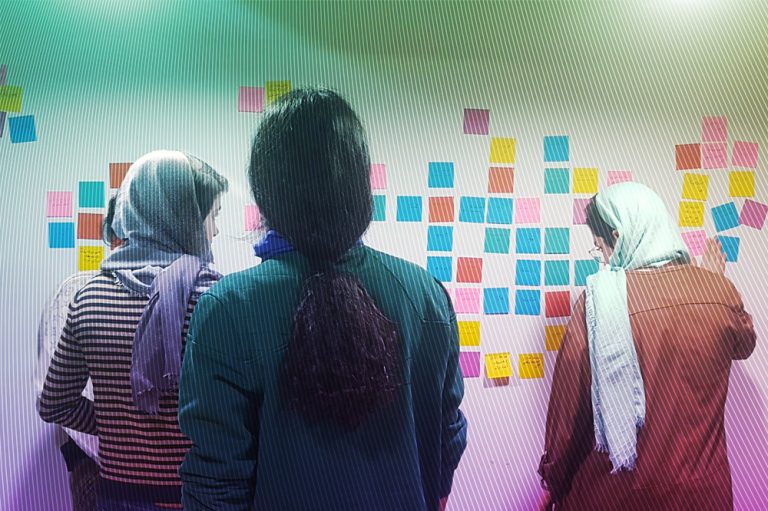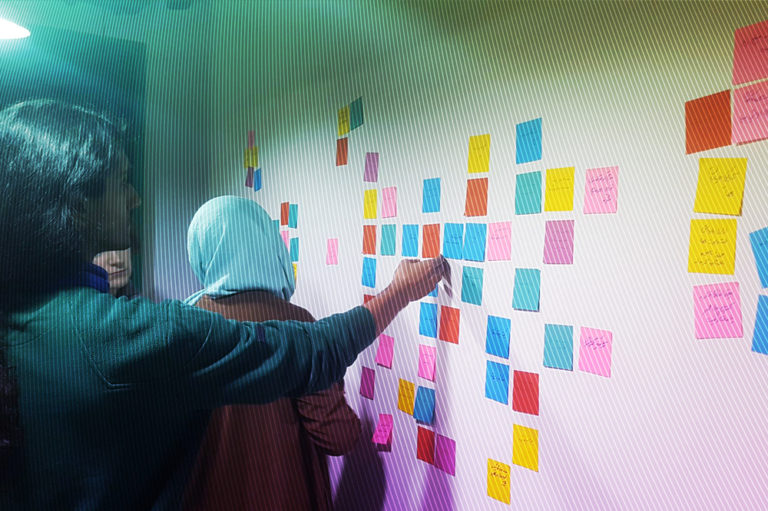Wheel of Connectivity
The construction of Imam Ali Highway among the neighborhoods of East Tehran, including Sabalan neighborhood and the separation and gap that has been created during this large-scale construction operation in the urban context and consequently in the social context, is one of the main concerns of urban management in these neighborhoods.
Following this concern, the idea of a “link” between the two sides of the highway was raised, and activists were asked to come up with a solution to the idea and come up with proposals.
Although the problem statement provided a fairly accurate explanation of the concerns, demands, facilities, and tasks of experts and urban management, it was incapable of defining a clear issue. This led the Future City Innovation Lab to use the design thinking process to address this concern.
The design thinking process is a design methodology with a solution-oriented approach to problem solving. The advantage of this process is in solving complex problems that have not been properly explained, or are basically unknown. In this method, by recognizing the needs of people who are somehow related to the problem, redefining the problem into a variety of human-centered methods, generating multiple ideas in brainstorming sessions, and so-called working to solve the problem using design and implementation It is a test sample and its test in real conditions. The design thinking process consists of five steps as follows. In order to present a proposed solution, the emphasis of the future city is on the first three stages, and along with it, the continuation of the route will be clarified.
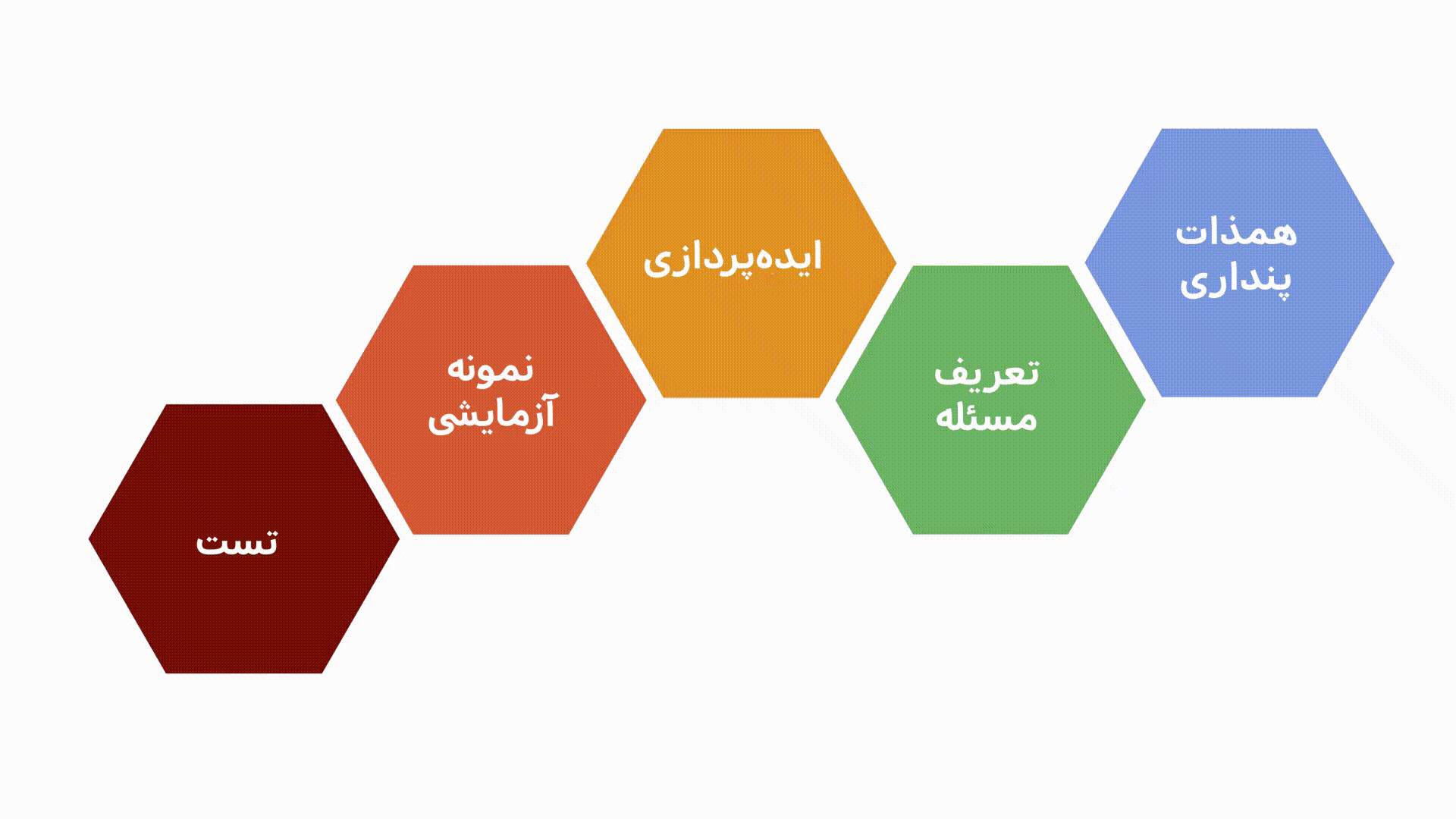

1. identification
At this stage, the members of the lighting city team of the future city tried to bring their mentality to a close to what Sabalan neighborhood and its neighboring neighborhoods are. This was done in the first step by reviewing and monitoring the news with the keywords of Sabalan, Vahidiyeh, Lashgar and Taslihat neighborhoods, and chatting with people who had some work experience or residence in this neighborhood.






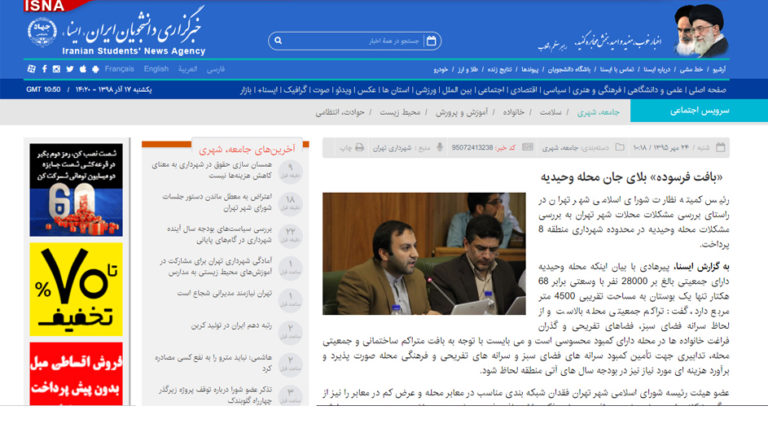
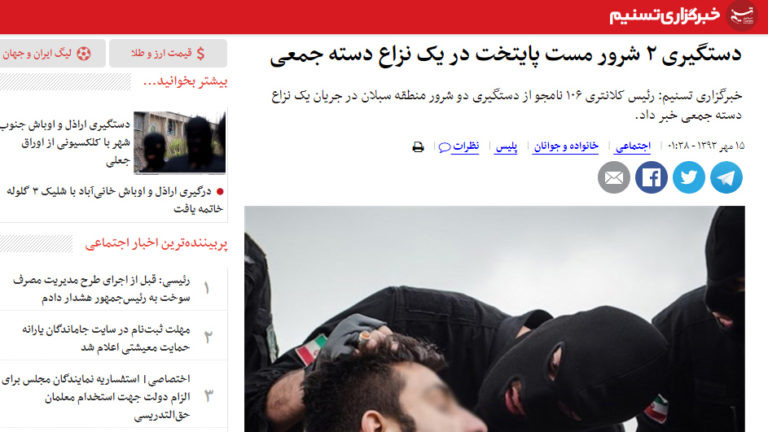
Afterwards, the team members went among the people and tried to approach the issues of the neighborhood through interviews and conversations with the help of the people’s own lived experience. In this regard, 24 interviews were conducted during three days in this neighborhood. Attempts were made to disperse the points where people are spoken to in a balanced way on both sides of the highway, and also to consider the relatively balanced mix of age and gender groups in these interviews. The interactive map below identifies the location of the interviews, the age and gender composition of the interviewees, and the content of the interviews.
(You can listen to the audio file of the interview by clicking on the points.)
2. Problem definition
During this phase, by comparing the data of the previous phase, the observations were analyzed and summarized with the aim of defining the central issues identified by the team up to that stage. The issue is usually addressed in the form of a human-centered statement that meets the needs of key users.
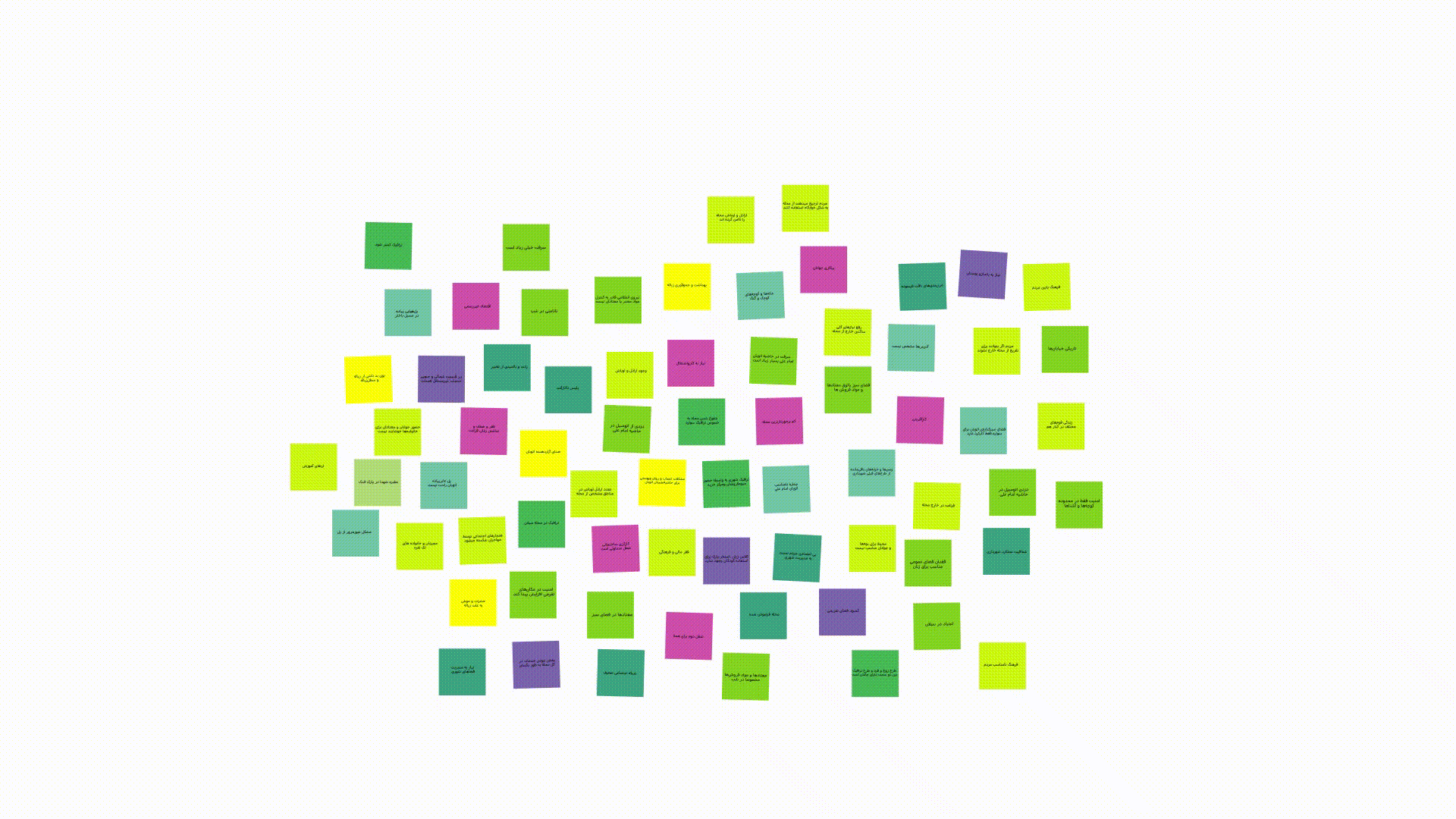
This step helps the design team to come up with a clear picture of the subject and equip it with the appropriate tools accordingly. For example, during the preparation of this proposal, along with the previous step. Then, by asking questions such as “How can the appropriate and ideal social dignity of the residents of the neighborhood be created?” Or “How can security be restored to the neighborhood?” Which arises from the issues that by attending the site and talking to the identified residents, a clear orientation was obtained to take the next steps.
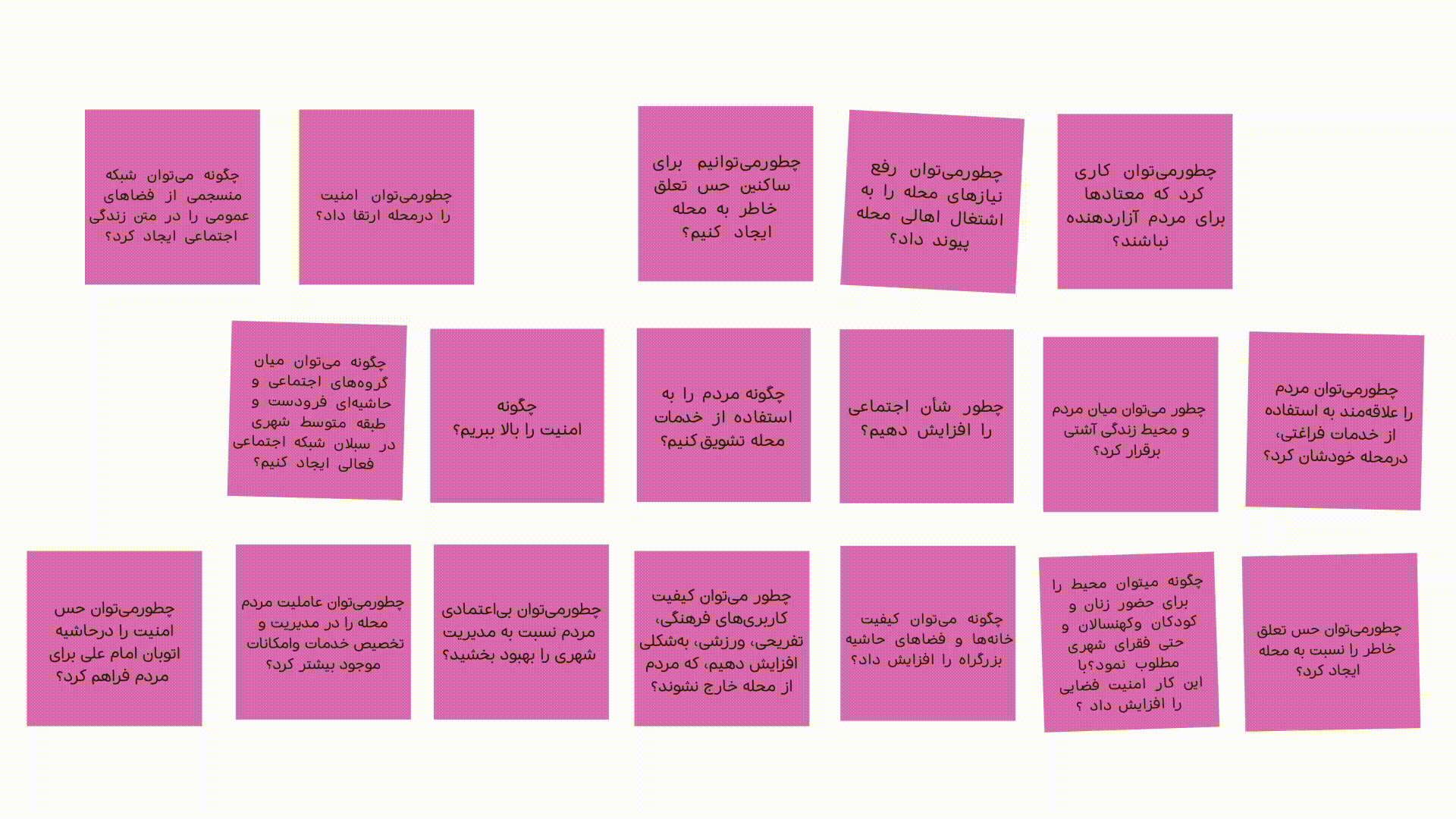

3 . Ideation
In the third stage, the design team is ready to come up with the idea. In the previous two steps, a significant understanding (according to time) of users and their needs has been obtained and the team’s observations have been analyzed and classified and led to the expression of the problem. With this in mind, the design team can think outside the box and from new angles. There are several techniques for doing this. What is important is the multiplicity of ideas in the first phase that can be discussed and developed during this phase.
The design team first came up with a set of ideas.
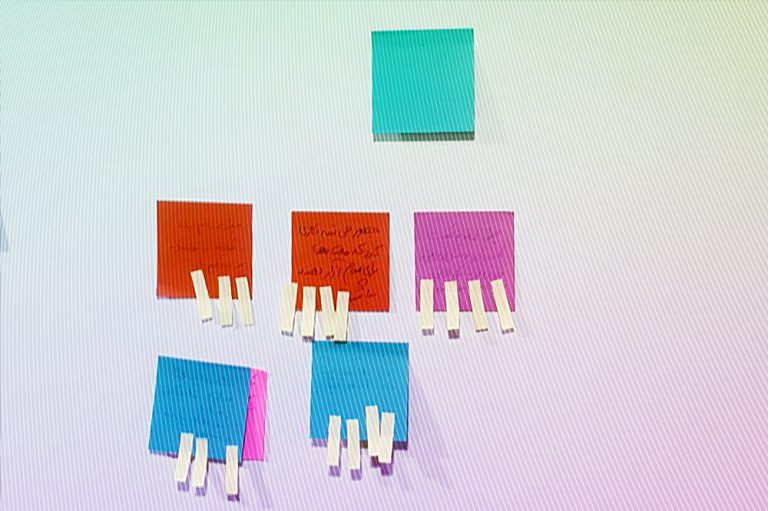
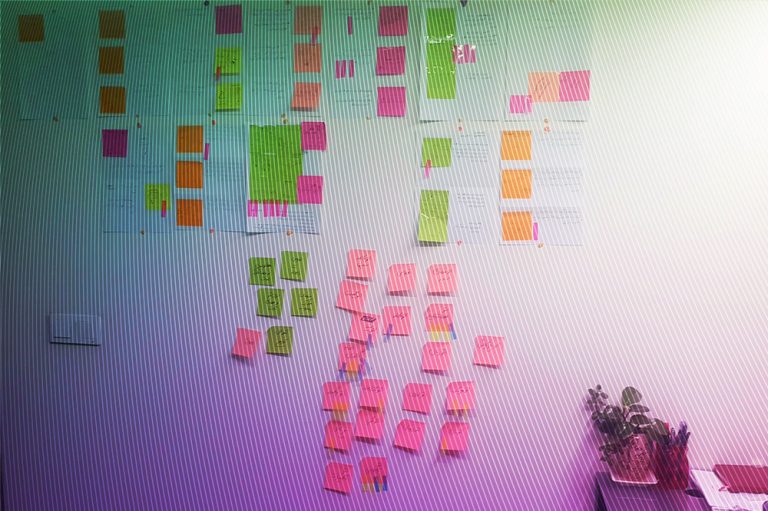
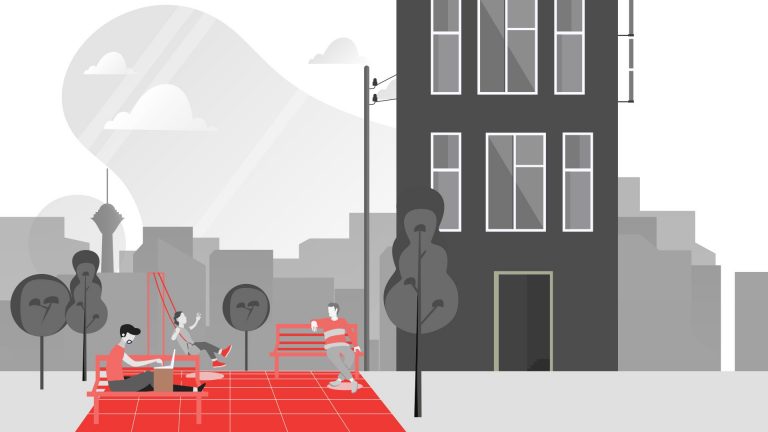
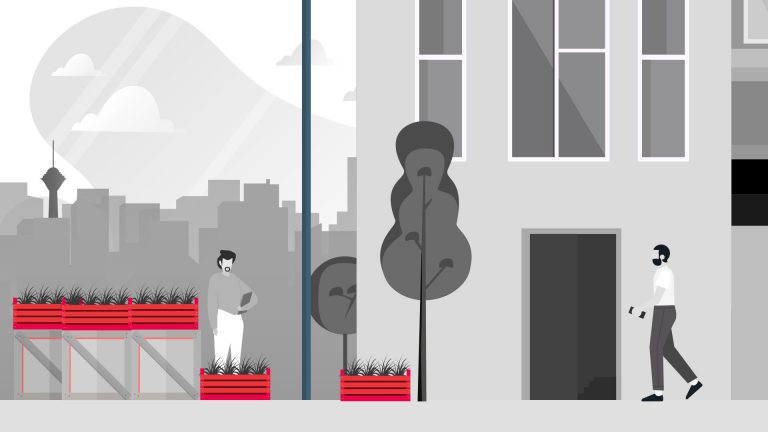
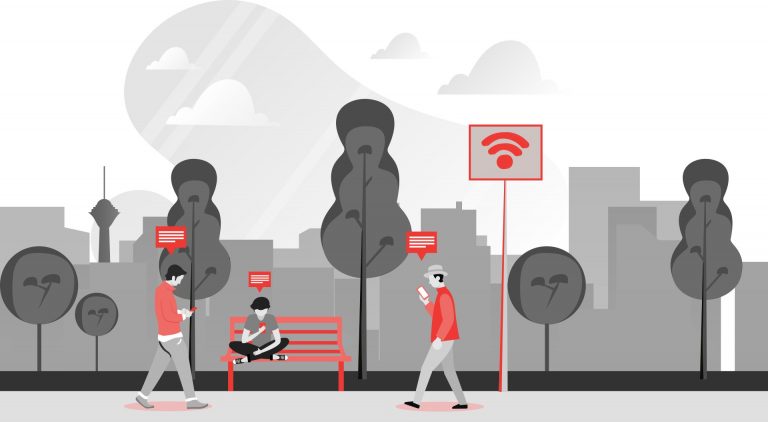


4. Link wheels
#Servable_motable_service
The idea chosen by the group of designers to propose to the city management is called the link wheel.
Wheelbarrow is a vehicle-based service that has been transformed to provide desirable city-wide services. The design team found that the diverse and desirable urban services in these neighborhoods either did not exist at all or were not equally accessible to all social groups. Designers have suggested several categories of such desirable and mobile services.
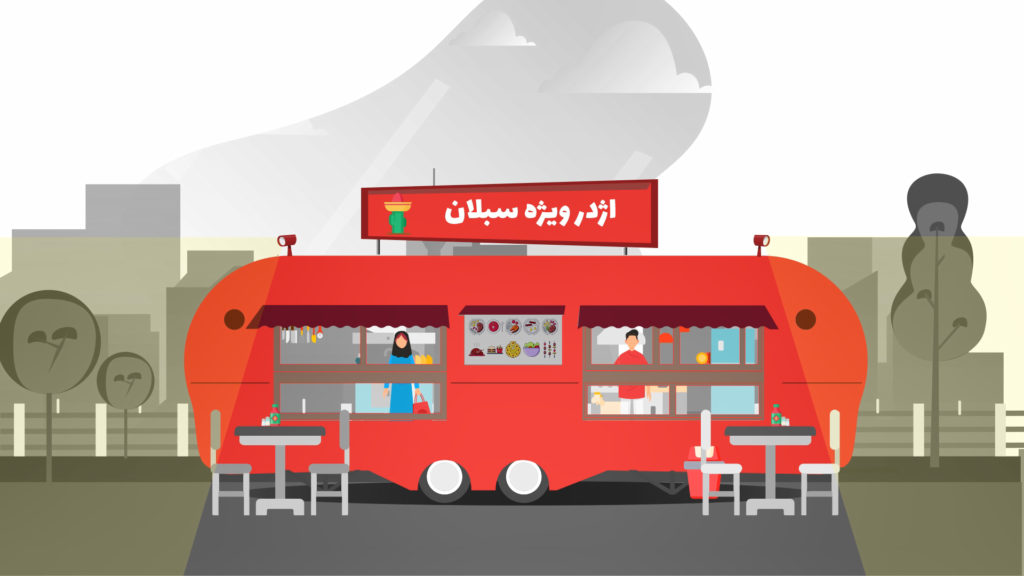

Restaurants and delicacies that are thriving in the city.
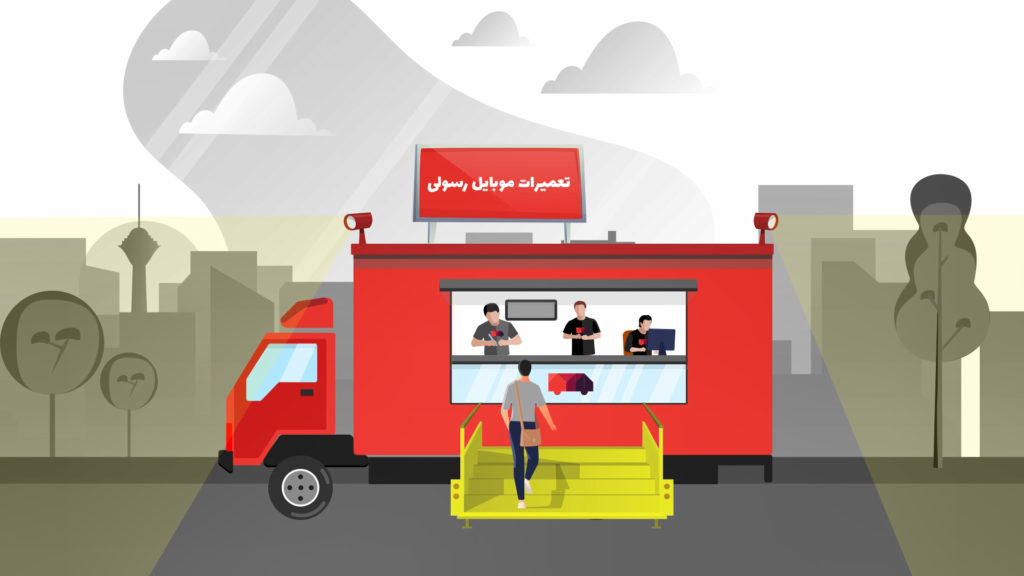
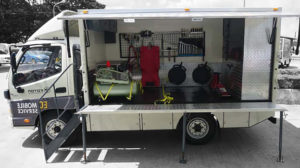
Necessary and minor repairs that reduce unnecessary city travel and create local employment.
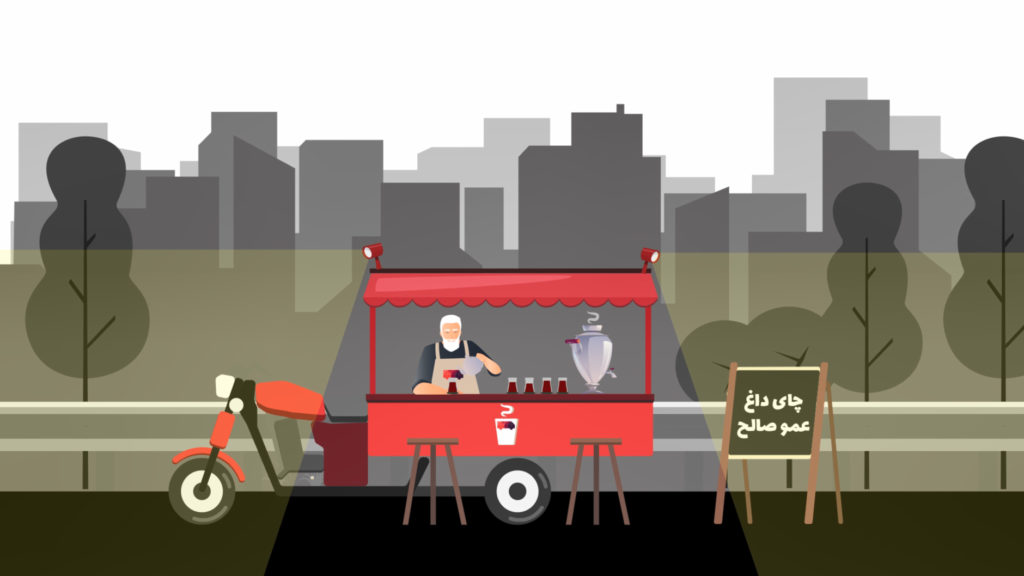
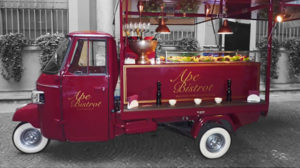
Tea and coffee, which in addition to creating employment, also improve social relations.


Children’s play space increases the spirit of happiness and security in the neighborhoods and helps to improve the social situation.
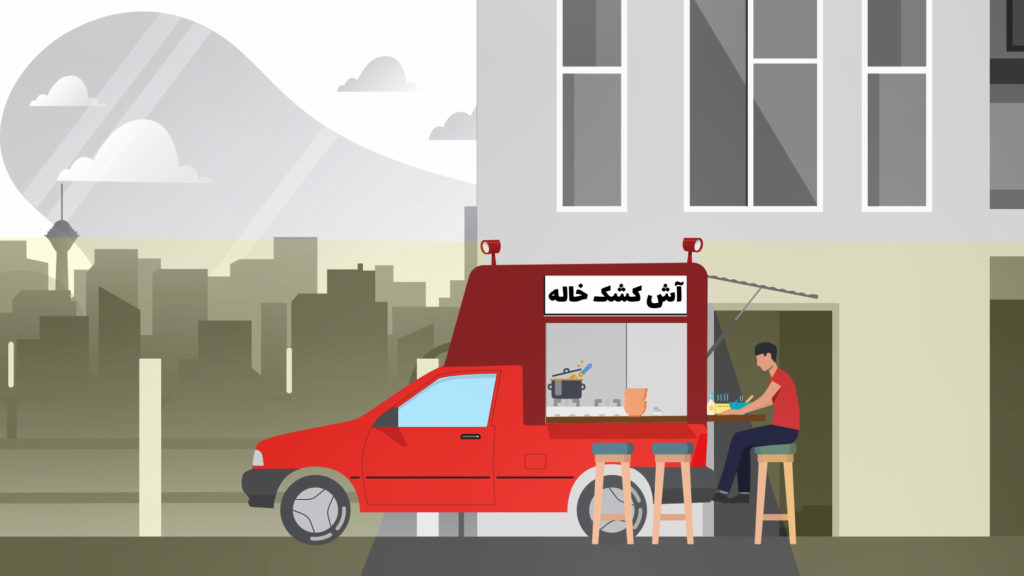
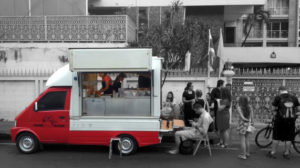
Home-based food with a focus on creating jobs for women, which leads to the active presence of women in the field of economic activity.
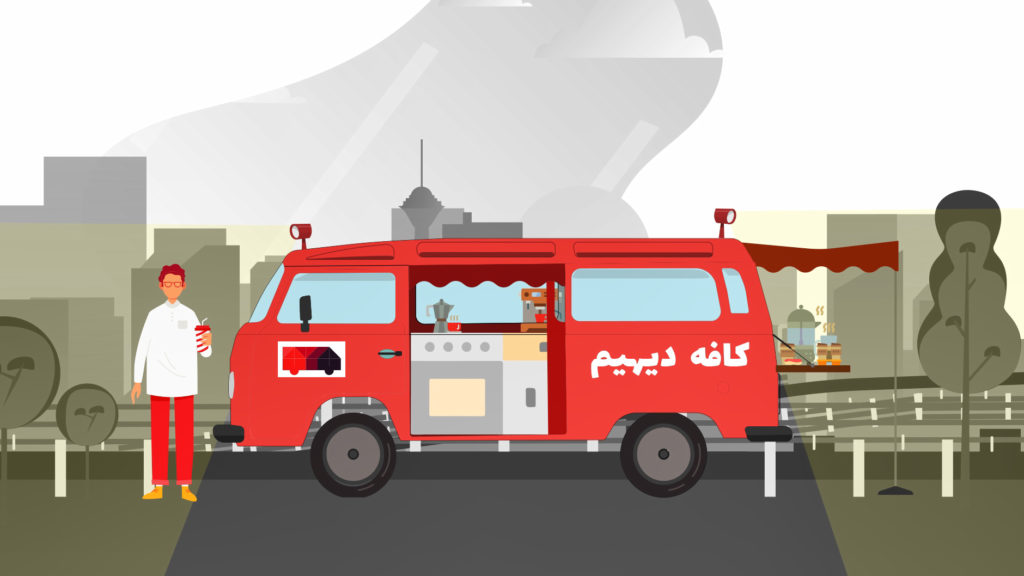
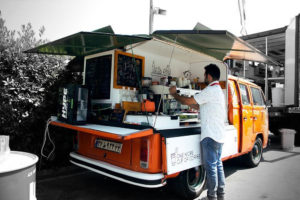
Cafes can help spread the culture of the new generation and identify them.
The custodians of the link wheel can arrange and transfer these services according to the various issues they have in mind.

The custodians of the link wheel can arrange and transfer these services according to the various issues they have in mind.
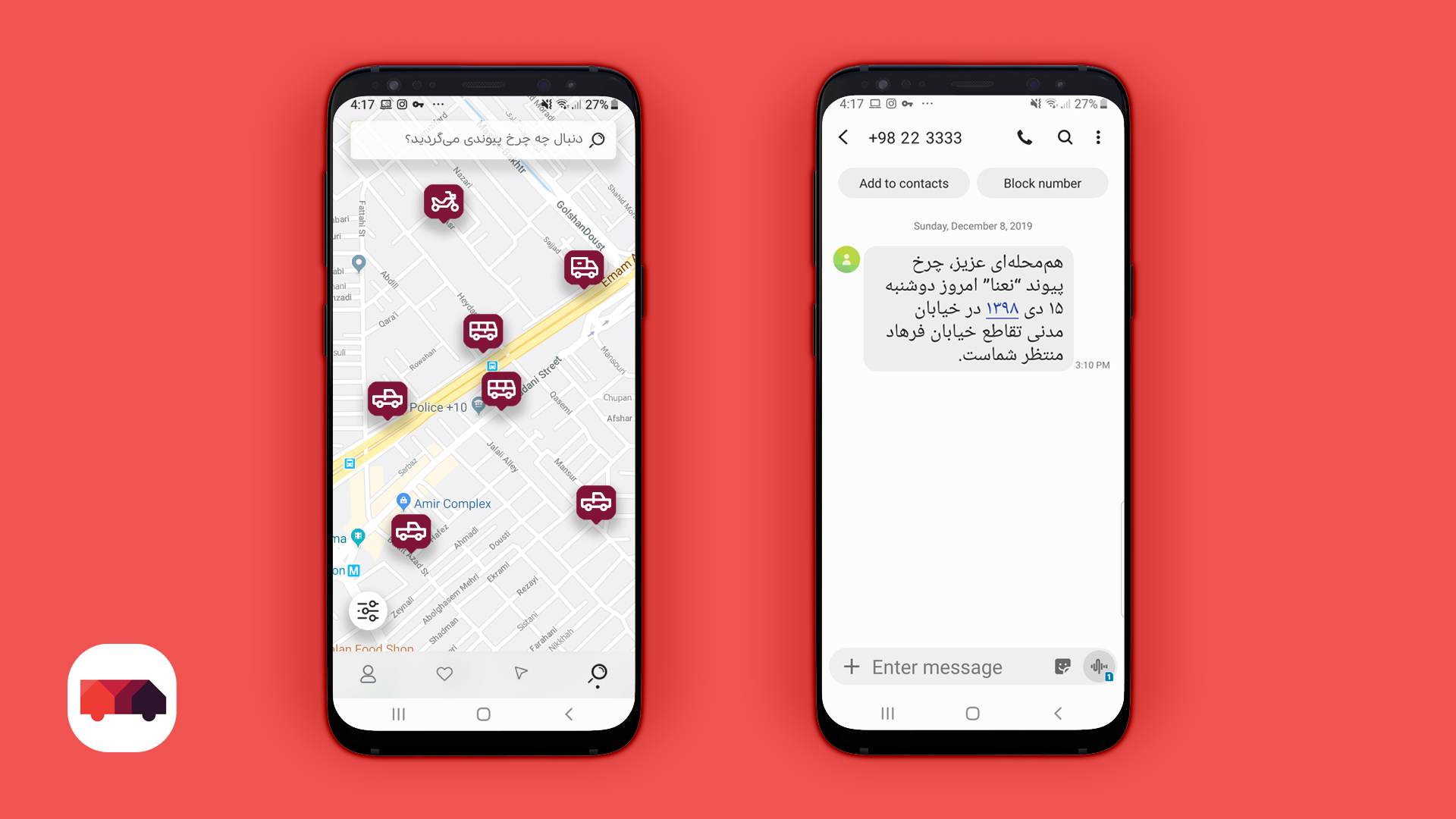
Wheelbarrow is in fact a business that, in addition to financial profitability, also helps to increase the quality of life of the citizens of these neighborhoods. The first priority of those in charge of this business should be to increase local access to services, create a sense of identity and security in neighborhoods, and create jobs for neighborhood residents.
